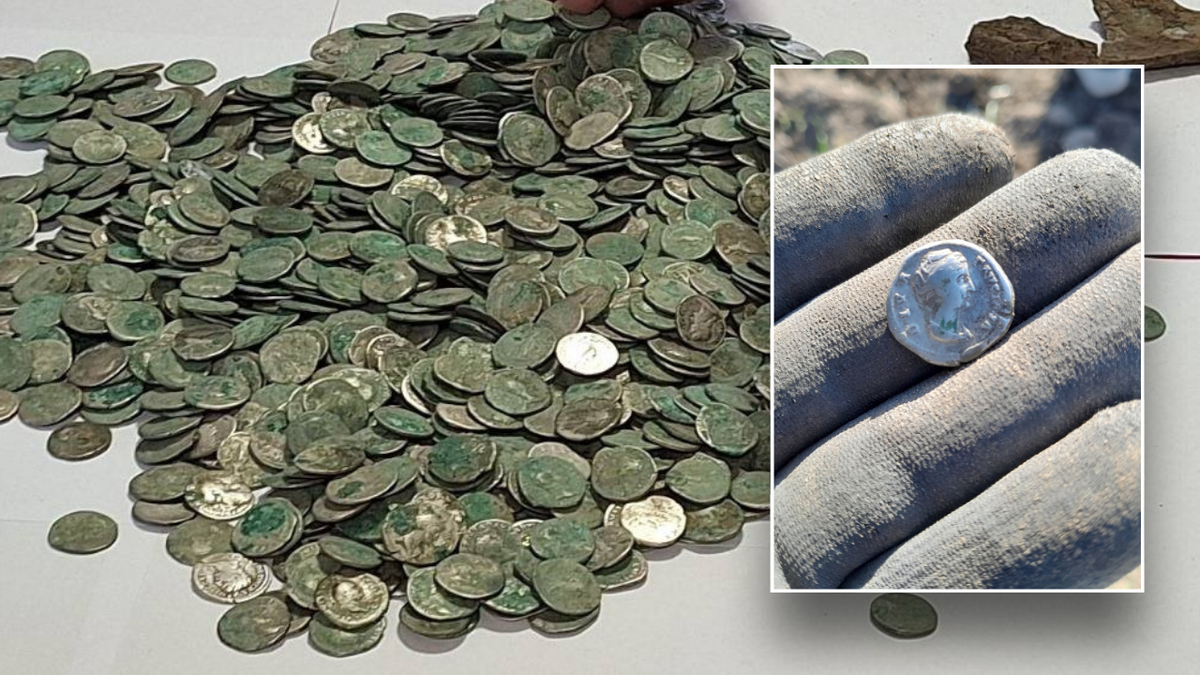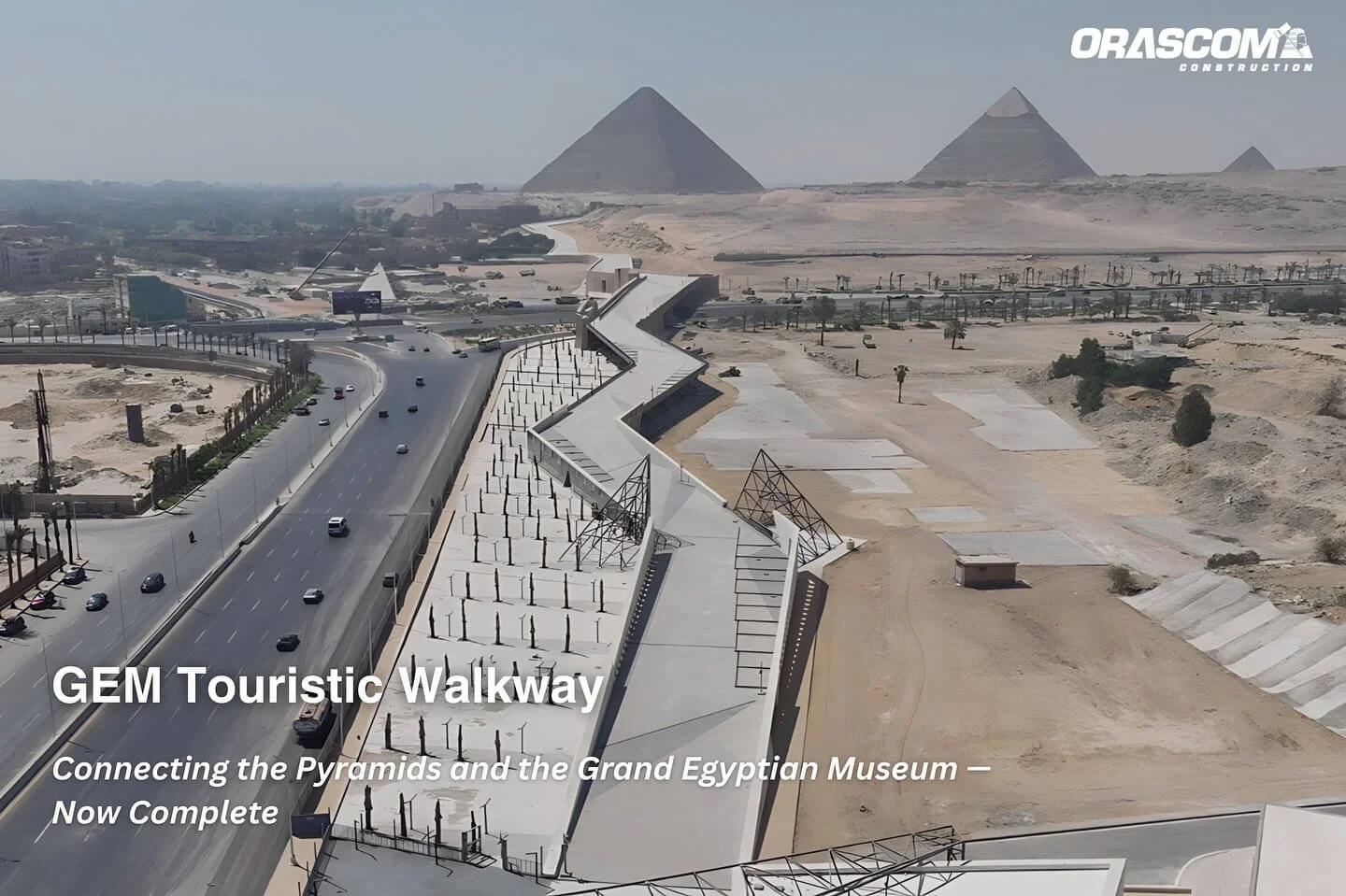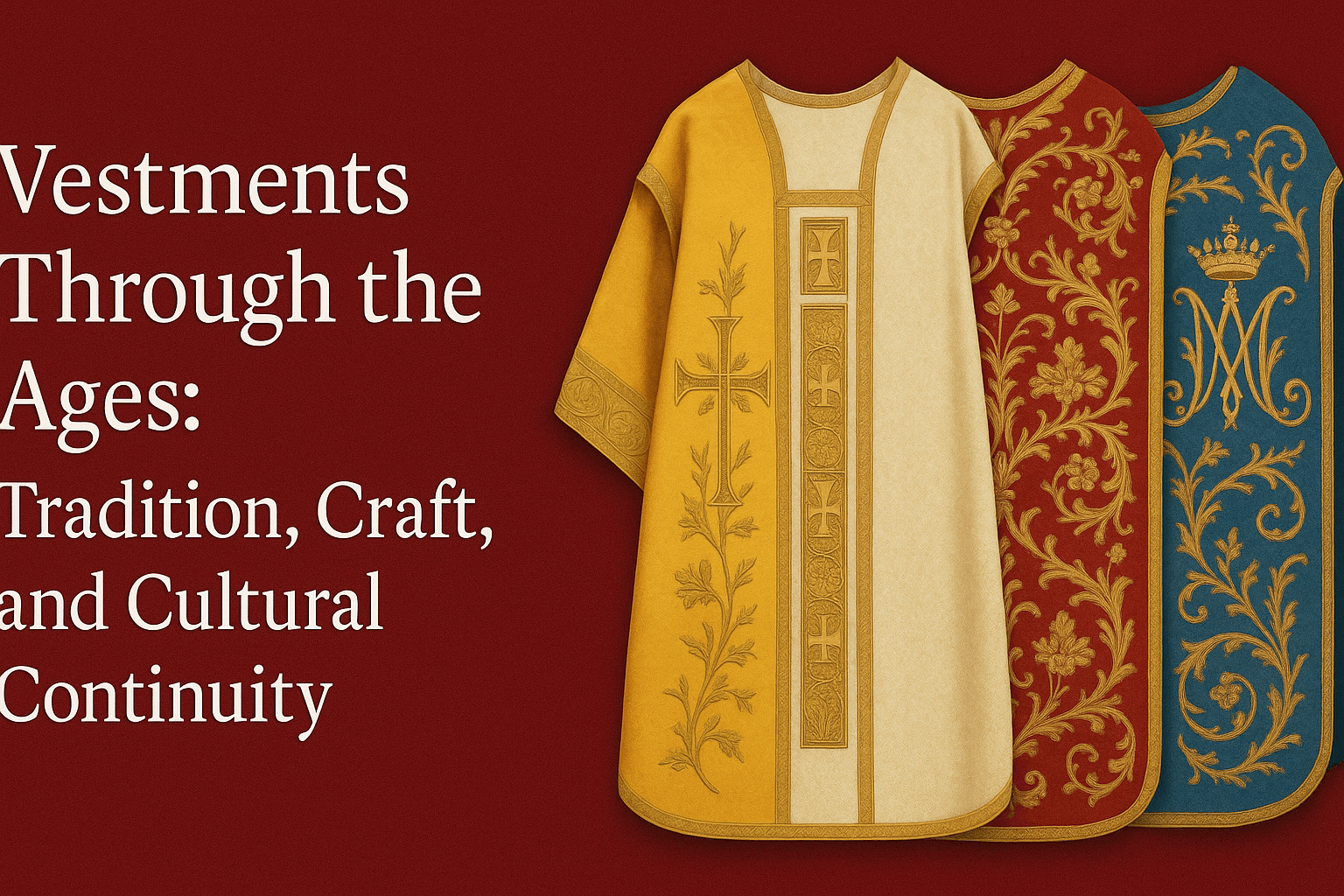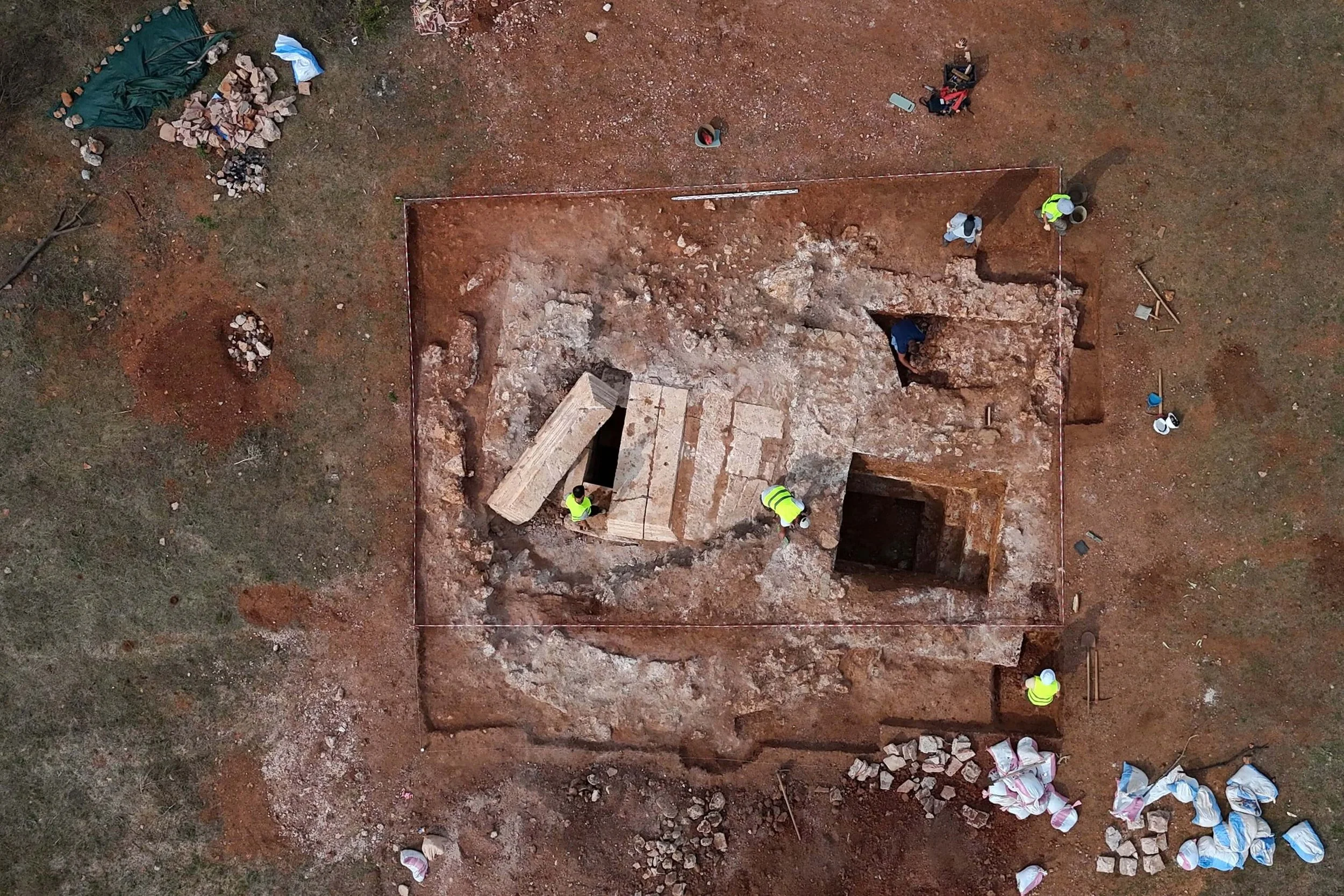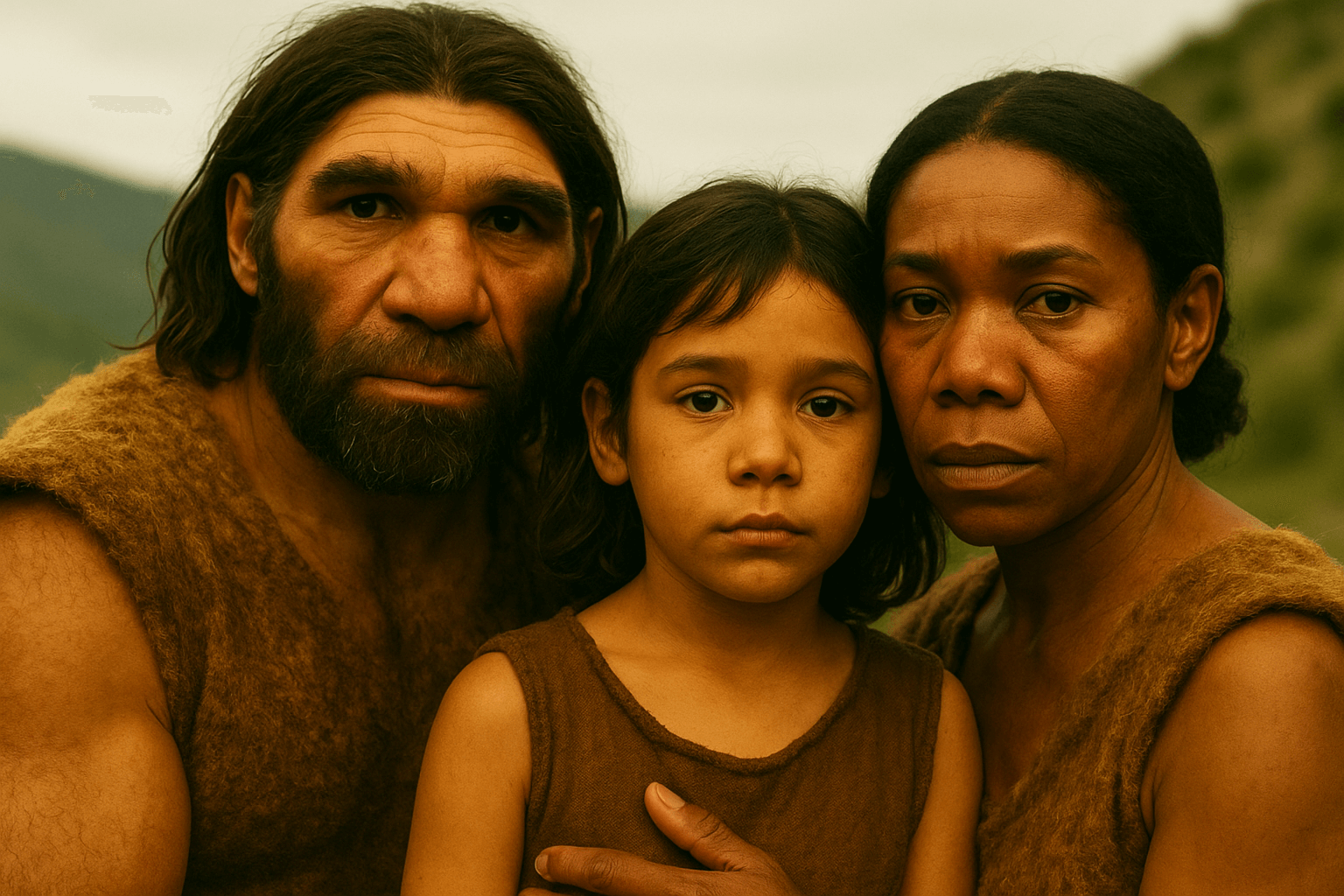During our tour of the exhibition Allspice / Michael Rakowitz & Ancient Cultures at the Acropolis Museum, we had the opportunity to speak with the artist and learn about his fascinating trilogy of "healing and resistance."
Greek antiquities and artifacts from ancient cultures across the southeastern Mediterranean and the Middle East engage in a dialogue with the multifaceted works of Iraqi-American artist Michael Rakowitz in the Allspice exhibition, which opened in the museum’s temporary exhibition hall.
This exhibition marks the first chapter of an exciting and promising trilogy that will unfold through 2025 and 2026, telling a story that “is both an act of healing and an act of resistance.”
The Ministry of Culture, the Acropolis Museum, and the Ephorate of Antiquities of Athens have collaborated with the NEON organization to foster an in-depth conversation between contemporary artworks and ancient exhibits, exploring timeless themes of cultural heritage, loss and restoration, survival, and the creation of culture.
Michael Rakowitz, The Invisible Enemy Should Not Exist, 2007 – ongoing. Objects made from cardboard, Middle Eastern packaging, and Arab-English newspapers, glue, museum labels. Natalia Tsoukalá | Courtesy of NEON, Acropolis Museum, and the artist
The trilogy began at the Acropolis Museum in 2025 and will continue in the museum’s outdoor space, on its western side facing Mitsaion Street, before concluding in 2026 at the Old Acropolis Museum. The Allspice / Michael Rakowitz & Ancient Cultures exhibition was curated by Professor Nikolaos Ch. Stambolidis, General Director of the Acropolis Museum, and Elina Kountouri, Director of NEON.
As we walked through the first segment of the exhibition, we had the opportunity to engage with Michael Rakowitz, who led us through his works. At the core of his art is the trauma of violent displacement—both of people and cultural treasures—which inevitably brought our thoughts to the Parthenon Marbles and their long-awaited return to their rightful home, as well as the ever-relevant global crisis of refugees.
Portrait of Michael Rakowitz
The Invisible Enemy Should Not Exist (Room G, Northwest Palace of Nimrud, Panel 24), 2019 (detail). Relief made from packaging and Arab-English newspapers from the Middle East, glue, cardboard on wooden structures, museum label. 237 x 219.5 x 8.5 cm. Natalia Tsoukalá | Courtesy of NEON, Acropolis Museum, and the artist.
Michael Rakowitz (born 1973, Great Neck, New York, USA) is an Iraqi-American artist who explores the displacement of communities and cultural heritage due to war and imperialism. He brings everyday objects into his works, often using unconventional methods.
Rakowitz has painstakingly reconstructed the thousands of archaeological artifacts looted from the Iraq National Museum following the 2003 American invasion. Using materials from the diaspora—such as boxes from Iraqi products, newspapers from Arab countries, and cans—he creates visual commentary on cultural loss and the decolonization of art.
Bearded male head with a wreath made of laurel leaves / Department of Antiquities of Cyprus (on long-term loan: Museum of Cycladic Art, Athens – Z0351) / Michael Rakowitz / Study for a Lamassu in Spolia, 2025, Marker on Plexiglass by Natalia Tsoukalá / Courtesy of the artist, commissioned by NEON.
One of his most well-known works is The Invisible Enemy Should Not Exist, an ongoing series that began in 2007. In this work, Rakowitz recreates looted objects from the National Museum of Iraq using materials like food packaging and Middle Eastern newspapers. A particularly striking piece from this series is a reconstruction of a Lamassu, an ancient Assyrian winged bull, which was displayed in Trafalgar Square in London in 2018. This piece was made from cans of Iraqi date syrup, symbolizing both cultural heritage and loss.
Rakowitz is also known for Enemy Kitchen, a project that began in 2003 in which he collaborates with Iraqi chefs and war veterans to cook and serve Iraqi food, fostering cultural dialogue through cuisine. In addition to his artistic practice, Rakowitz is a professor of Art Theory and Practice at Northwestern University.
The Invisible Enemy Should Not Exist, 2007 – in progress / Objects made from cardboard, packaging from the Middle East and Arab-English newspapers, glue, museum labels. Natalia Tsoukalá | Courtesy of NEON, Acropolis Museum, and the artist.
During our tour, it was evident that Rakowitz is a deeply politicized contemporary artist with a strong focus on cultural memory, loss, identity, and the effects of colonization and war. A lover of Greece and its culture, he expressed his firm belief that the Parthenon Marbles should be returned to their homeland.
“As the child of a doctor who dedicated his life to healing the wounded and broken, and of a Jewish woman from Baghdad, I feel deeply connected to the stories of displacement and restoration. The Acropolis Museum itself, which houses the magnificent Parthenon sculptures, while the other half was violently taken, has been a source of inspiration for me, teaching me much and opening new horizons in my understanding of my own work. The fact that I can exhibit my work here leaves me speechless, as it is not only linked to the past but opens windows to a future where objects and people can be reunited,” said Rakowitz.
(From left to right) The Invisible Enemy Should Not Exist (Room F, Section 1, Panel 2, Northwest Palace of Nimrud), 2019. Food packaging and Arab-English newspapers from the Middle East, glue, cardboard on wooden structures, and museum labels. 224.8 x 91.4 x 8.3 cm. Natalia Tsoukalá | Courtesy of NEON, Acropolis Museum, and the artist.
Rakowitz's works highlight the stories that have been overlooked or forgotten, using art to shed light on parts of history that are not officially recorded but live on in the memories and experiences of people. This is why the explanatory labels of the works include small stories that he has gathered and preserved from oblivion.
Allspice | Michael Rakowitz & Ancient Cultures, 2025 | Installation view | Collaboration NEON + Acropolis Museum. Natalia Tsoukalá | Courtesy of NEON, Acropolis Museum, and the artist.
Dr. Lina Mendoni, Minister of Culture, remarked: “The marvelous culture of the Assyrians, one of the oldest civilizations in the Mediterranean basin, is brought into dialogue with the Greek antiquities in a harmonious and creative symbiosis with the contemporary works of Michael Rakowitz.”
Allspice | Michael Rakowitz & Ancient Cultures, 2025 | Installation view | Collaboration NEON + Acropolis Museum. Natalia Tsoukalá | Courtesy of NEON, Acropolis Museum, and the artist.
Dimitris Daskalopoulos, founder of NEON, stated: “The collaboration between the NEON organization, the Ministry of Culture, the Acropolis Museum, and the Ephorate of Antiquities of Athens marks our long-term commitment to contemporary art and cultural heritage. My interest lies in exploring and supporting new methods of social participation, and I believe that Rakowitz's work in relation to ancient cultures will enhance our continued efforts to make art widely accessible to a broader, local, and international audience, with ideas that are impactful.”
Elina Kountouri, Director of NEON and co-curator of the exhibition, added: “The artist offers us a history of the world through his effort to preserve Iraq’s cultural history. His work transforms the destruction brought by war by returning to the very objects—whether they are lost, missing, or incomplete. He restores them entirely, but not by 'reconstructing them,' a term he categorically rejects. Instead, he proposes the term 'reappearance' as a recurring motif in his work. The production of these objects as artworks is part of our material and immaterial legacy.”
Wounded Ancient Artifacts: Refugees or Captives?
Professor Nikolaos Ch. Stambolidis, General Director of the Acropolis Museum and co-curator of the exhibition, adds an interesting dimension to the conversation: “For antiquities, one must make a fundamental distinction: are they refugees or captives? If they were displaced from their place for reasons of salvation, one could consider them refugees, who, at any moment when conditions allow, could and should return to their homeland. However, this displacement should in no way be linked to theft, looting, or trafficking. On the other hand, if they were forcibly displaced due to theft, looting, or bribery for reasons of illegal ownership or profit, then the captive antiquities must be returned to their rightful place. Until restorative justice is achieved, Rakowitz’s works—whether they are whole or made of fragmented statues, architectural ensembles, or 'reappearances'—remain, in essence, shadows and ghosts with a scent of memory and 'humanity.'”
The Title 'Allspice' and Its Spiritual Connection with Michael Rakowitz
Allspice | Michael Rakowitz & Ancient Cultures, 2025 | Installation view | Collaboration NEON + Acropolis Museum. Natalia Tsoukalá | Courtesy of NEON, Acropolis Museum, and the artist.
The title of the exhibition Allspice refers to the spice known as "baharat," and it is literally connected to the handwritten recipes of Rakowitz's mother, which are seen around the room affixed to the pillars. The artist not only tapped into a rich legacy from his mother—a skilled cook—but in doing so, he touches upon memories of exile and migration of both people and cultures.
As Rakowitz explains: “Looking through my mother’s Iraqi recipes, one of the most common ingredients is allspice. This dried, unripe berry, ground into powder, has a flavor that reminds you of many things at once: cinnamon, cloves, nutmeg, hints of cardamom. It is one of the primary ingredients in the Iraqi spice mix baharat, and when other spices are unavailable, it serves as a substitute, maintaining the dish’s flavor identity.”
(From left to right) Standing male figure with joined hands and inset eye, Oriental Institute of the University of Chicago, ISACM A1243. Standing female figure with joined hands, Oriental Institute of the University of Chicago, ISACM A12412A-B. Seated symposium participant, Oriental Institute of the University of Chicago, ISACM A18108. Allspice | Michael Rakowitz & Ancient Cultures, 2025. Natalia Tsoukalá | Courtesy of NEON, Acropolis Museum, and the artist.
In this exhibition, Rakowitz’s works reflect this deep connection between food, culture, and the preservation of heritage.














